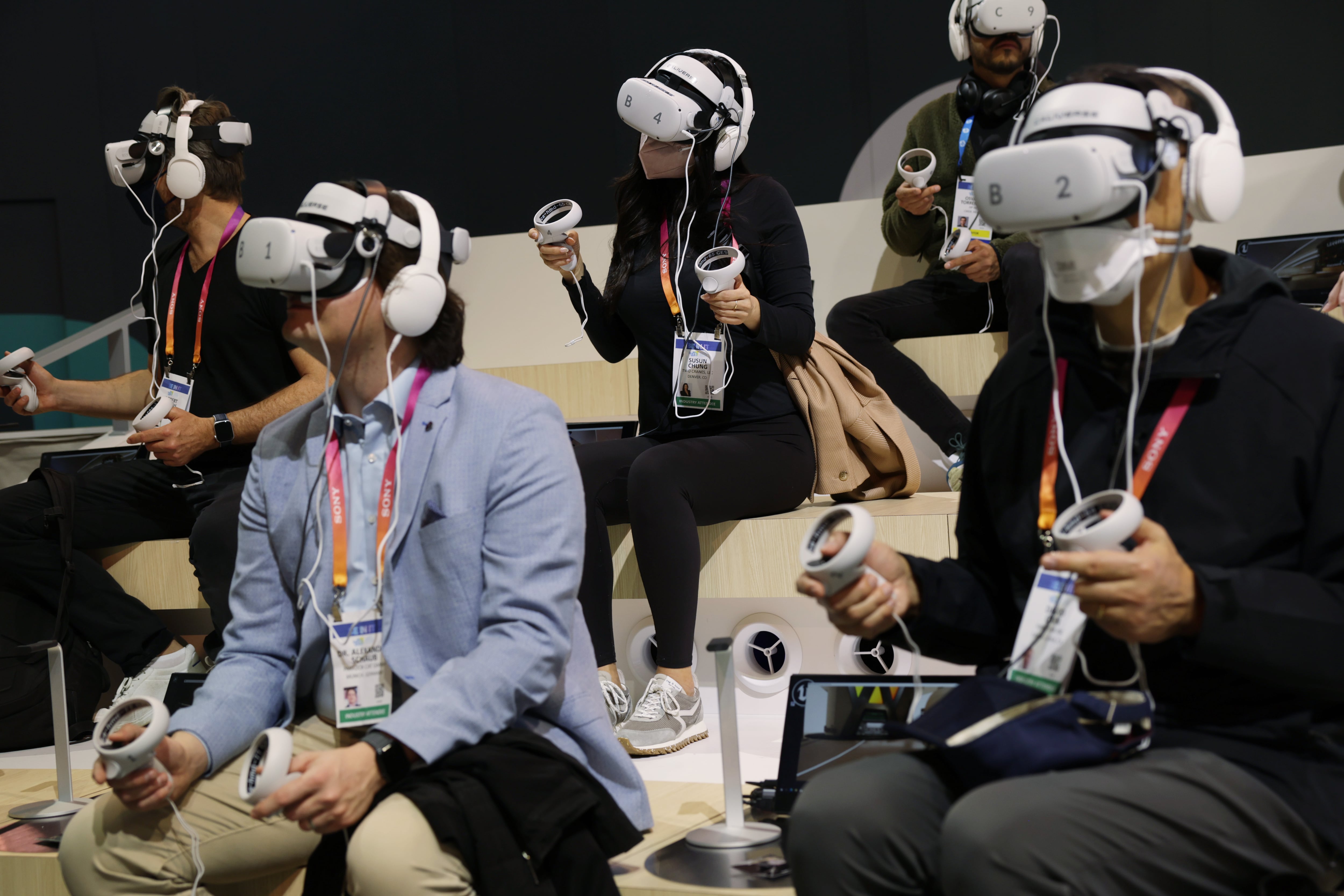PHILADELPHIA — U.S. Army cyber and technology programs are changing hands amid a shake-up of the service’s acquisitions offices.
The Program Executive Office for Intelligence, Electronic Warfare and Sensors, or PEO IEW&S, headed by Mark Kitz, will by Oct. 1 absorb defensive cyber operations, cyber analytics and detection, cyber platforms and systems, and the technology applications office. Those efforts are now associated with the Program Executive Office for Enterprise Information Systems, or PEO EIS, run by Ross Guckert.
The move coincides with the start of the government’s fiscal 2024, as well as a separate consolidation of network portfolios involving the Program Executive Office for Command, Control and Communications-Tactical, or PEO C3T, overseen by Maj. Gen. Anthony Potts.
The portfolio changes across all three PEOs were discussed May 24 at a conference with industry known as Technical Exchange Meeting X, in Philadelphia. No jobs are expected to be cut, and contracts should flow as normal.
“Synergy, our optimization of the organization here, is really important for us as a cyber enterprise,” Kitz said.
RELATED

Using the Pentagon’s acquisition budget management tool, PEOs engage with external stakeholders to track the full lifecycle of budget data for procurement. Offices were established by the Defense Department in the 1980s as a means to control costs and improve delivery performance, and oversight of specific initiatives are reassigned from time to time as missions and priorities change.
PEO IEW&S is already home to several Army cyber efforts. In August, the office unveiled a cell dedicated to offensive cyber and space capabilities called Program Manager Cyber and Space.
The Army is always looking at how it can get upgraded hardware and software into soldier hands. That, among other factors, is motivating the office reorganization, or optimization, according to Young Bang, the principal deputy assistant secretary of the Army, or ASA, for acquisition, logistics and technology, or ALT.
“As the Army is modernizing, and we’re transforming, we looked at the structure and said, ‘Hey, are things really linked together to be more efficient, to support things like the unified network?’” Bang said at the conference. “We had a lot of discussions across the ASA(ALT) community and the PEOs. We talked about those types of things.”
Additional shuffles may be on the horizon, he said.
Colin Demarest was a reporter at C4ISRNET, where he covered military networks, cyber and IT. Colin had previously covered the Department of Energy and its National Nuclear Security Administration — namely Cold War cleanup and nuclear weapons development — for a daily newspaper in South Carolina. Colin is also an award-winning photographer.








